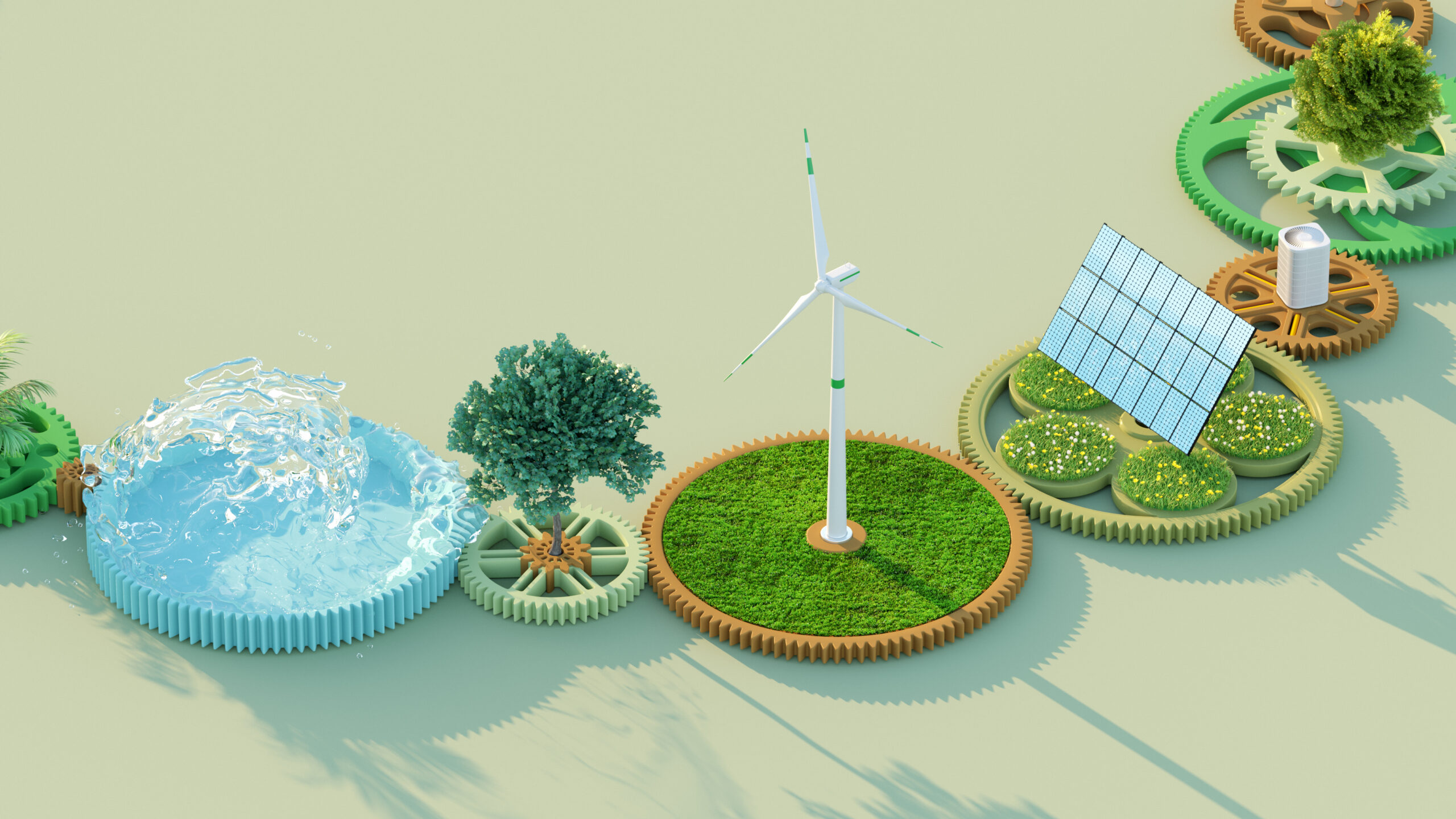In his speech just yesterday, UN Secretary-General António Guterres referred to 2024 as “a masterclass in climate destruction.” That destruction is evidenced in yet another year of temperature extremes and a difficult hurricane season in the U.S., driving up electricity demand and utility rates. Although the recent U.S. election promises to shake up the energy landscape, distributed energy resources (DERs) like solar, battery energy storage systems, electric vehicles (EVs) & EVSE chargers, and smart home devices like thermostats or water heaters remain vital to meeting the increased demand brought on by climate change. Through a distributed energy resource management system (DERMS), these otherwise disparate assets can be aggregated in demand flexibility programs like demand response, EV charging, or BYOD programs, which increases grid resiliency and defrays costly peak energy costs.
More Virtual Power Plant Capacity Needed
The Department of Energy identifies virtual power plants as any aggregation of distributed energy resources. Last year, the DOE released research demonstrating the need for an increase in overall virtual power plant capacity, calling for between 80-160 GWh of virtual power plant capacity to continue to meet accelerating demand. Around 30-60 GWh of virtual power plant capacity is available, primarily through demand response programs. Ultimately, what this report demonstrates is the very real, very pressing concern for the greater energy flexibility that virtual power plants offer to utilities through the use of a growing rank of existing communally available energy assets: distributed energy resources (DERs).
Distributed Energy Resources (DERs) Are Already Here
Anyone reading this likely knows that the grid requires 24/7 attention to keep in balance. When the grid is taxed, utilities must acquire energy to meet increased demand, irrespective of fuel source. This can mean anything from costly peak energy purchases or activating peaker plants, which are both dirty and expensive to maintain. In either case, meeting demand represents a higher expense than usual. Fortunately, the distributed energy resource (DER) market is robust, presenting an array of load management opportunities to meet demand.
For utilities, there are multiple paths to DER management. This includes Grid DERMS and Grid-Edge DERMS as complementary and parallel strategies to manage a wide range of both utility-held and behind-the-meter DER assets. Through the use of a Grid DERMS, utilities can manage utility-held distributed energy resources like solar or battery installations. Through the use of a Grid-Edge DERMS, utilities can aggregate behind-the-meter DER assets, creating a holistic energy ecosystem that addresses a wide array of possible energy management opportunities.
Solved: Behind-the-Meter DER Intermittency
Demand flexibility programs rely on customer enrollment and participation to thrive. As such, some utilities have concerns over behind-the-meter DER intermittency, a reasonable concern given the number of variables involved in customer programs. Fortunately, through the use of Topline Demand Control, a combination of Grid-Edge DERMS platforms, forecasting, AI, and model predictive control, behind-the-meter distributed energy resources are optimized to produce a reliable outcome. For example, when program managers need a specific output from their behind-the-meter DER programs, Topline Demand Control assesses the available capacity and optimizes devices in real time to reliably satisfy that request.
Fossil Fuels Are Finite
Beyond the existential benefits of global decarbonization and electrification efforts, fossil fuels are ultimately a short-term solution. According to the U.S. Energy Information Administration, the global supply of fossil fuels is sufficient to continue to meet the demand for liquid fuels through 2050. While fossil fuels will likely remain a component of long-term energy portfolios when production inevitably begins to decline energy costs will begin to skyrocket, a trend that ratepayers have already experienced as climate change has driven electricity demand. Energy transitions take time, so preparing now for the inevitable is smart business.
New Infrastructure Is Expensive!
The U.S. electric grid is a massive engineering marvel that features more than 600K miles of transmission lines, as well as countless substations, power plants, and more. The majority of the electric grid was originally built between 1960-1970. In fact, 70% of all transmission lines are over 25 years old and closer to the end than the beginning of their typical lifecycle. Upgrading the grid to satisfy demand, while updating systems susceptible to cyber-attacks or other security vulnerabilities is expensive, with some analysts suggesting a total cost of $2.5t by 2035.
While distributed energy resources do not outright negate the need for expensive grid upgrades, introducing greater load management opportunities decreases the frequency of necessary upgrades, buying time for utilities to strategize their budgets. In some cases, utilities may even employ distributed energy resources (DERs) in their strategies, such as purchasing batteries to help their communities or investing in virtual power plants, both of which enhance grid resiliency and defray high peak energy purchasing costs.
Distributed Energy Resources Aren’t Going Anywhere Conclusion
By and large, Americans have repeatedly signaled their interest in supporting carbon neutrality and mitigating climate change. Interest and investments in renewable energies and distributed energy resources (DERs) are more than merely a global concern shared by many, but a fiscal and existential inevitability that cannot be derailed. The load management and revenue potential from distributed energy resources and the demand flexibility programs that they enable, defray high costs and increase grid resiliency all using existing infrastructure. Remember: no matter what kind of cultural changes may be on the horizon, distributed energy resources remain critical to meet rising demand.





